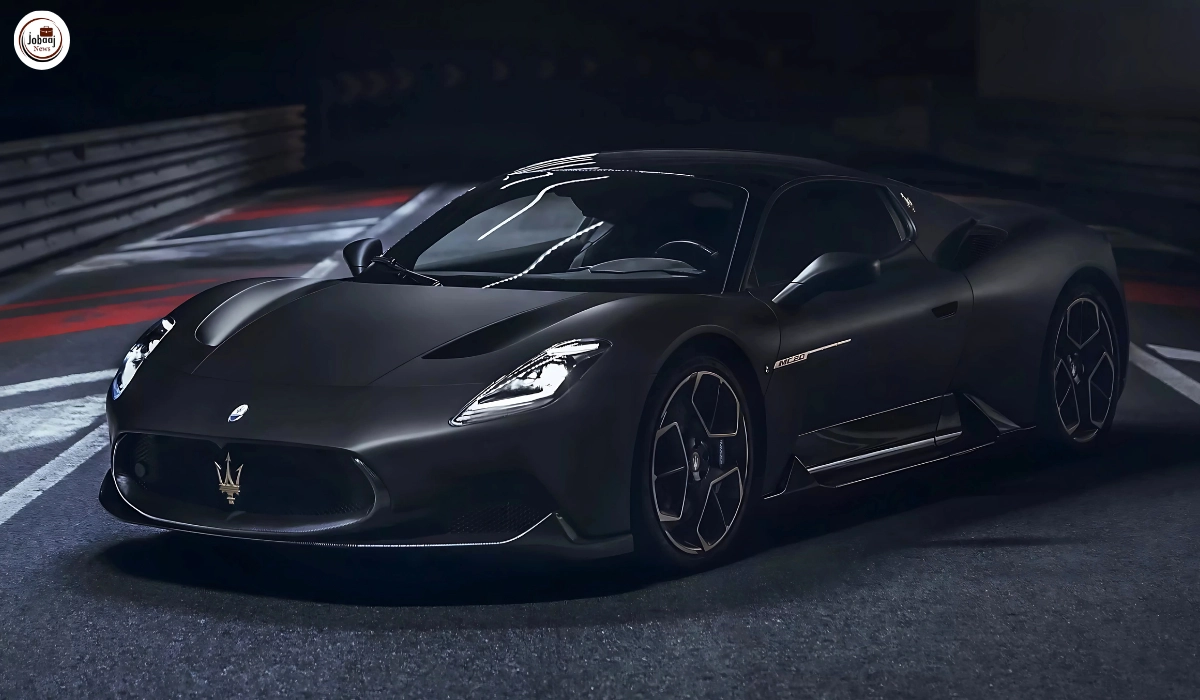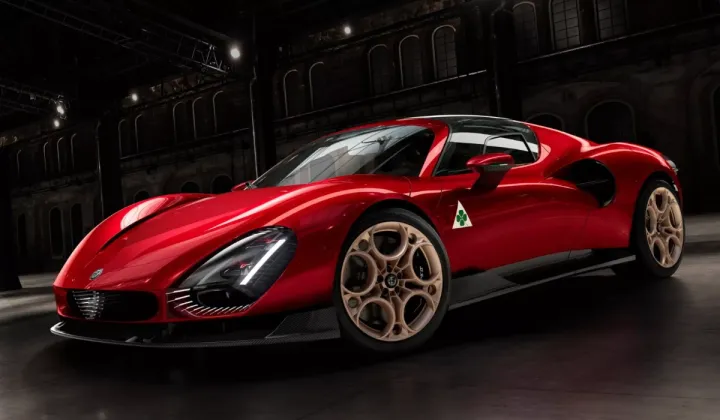Maserati is facing a tough road ahead. With global sales halved this year and heavy losses, especially in the U.S., the luxury brand needs a plan fast. CEO Santo Ficili—who oversees both Maserati and Alfa Romeo—is betting on a smart move: deep collaboration. By sharing platforms, tech, R&D, and dealer networks with Alfa Romeo, Stellantis aims to help Maserati cut costs while keeping its signature Italian spirit. Once Stellantis’ new CEO Antonio Filosa gives the go-ahead in late June, this could mark a major shift for both brands.
Why Sharing Makes Sense—Not Merger
Consider it a situation where two siblings are living in the same house; they are not switching rooms. Maserati and Alfa will still maintain a singular identity but share back-end resources—like EV technology, infotainment systems, and chassis architecture. This is something that they are already doing: Maserati's GranTurismo and Grecale are based on Alfa's Giorgio platform. This structure lowers R&D costs, speeds up development, and allows both brands to stay agile while preserving their own identity. This "shared-but-separate" situation means that you'll likely see shorter refresh cycles, more advanced electric features, and better pricing—without muddling the distinction of what makes a Maserati feel luxe or an Alfa feel sporty.
Sales Crisis Triggering Urgency
Let's stop beating around the bush – Maserati is in deep trouble. Global sales dropped by 50% in 2024 to just 11,300 cars sold worldwide; the U.S. market was the deepest in the hole. Alfa Romeo is not that much better off, with only 8,800 units sold in the U.S. last year. The dire situation is exacerbated by punishing 25% U.S. import tariffs and Stellantis' recent decision to scrap a $1.6 billion EV investment for Maserati.
As profits dry up and product launches slow down, Stellantis brought in McKinsey to rewrite the playbook. They were tasked with resuscitating the brands - before it was too late. That means closer integration and possible cost synergies and speedier innovation, or run the risk of watching two beloved Italian brands slip away and become irrelevant.

Alliance Snapshot: Maserati + Alfa Romeo
| Focus Area | What’s Changing / Planned |
| Platforms | Maserati Grecale and GranTurismo use Alfa’s Giorgio platform; more sharing ahead |
| Tech & R&D | EV tech, infotainment, chassis, powertrains combined to lower costs |
| Production & Dealers | Shared factories and overlapping U.S. dealer networks |
| Sales (U.S.) | Maserati: ~11,300 units (–50%); Alfa: ~8,800 units |
| Tariffs & Investments | 25% U.S. tariffs hurting pricing; €1.5 billion EV investment pulled |
| Strategic Timeline | Plan to pitch by late June; execution expected over 12–24 months |
| Italian Production | Design, engineering, and production remain in Italy; Stellantis sticking to plan |
What It Means for American Buyers
Planning to buy Maserati or Alfa in the U.S.A. soon? You can expect more value, refreshed models, and better tech:
- More frequent updates and speedier EV (Folgore) integration
- Shared infotainment, driver aids, and hybrid powertrains
- Dealers providing better support across both brands
- Better prices and flushing of costly overlaps
For American buyers, that means better ownership experiences—luxury minus the inflated costs.



/content/stories/thumb/thumb691afd67bb0cb4.84337664.webp)
/content/stories/thumb/thumb691acf631b8036.55215694.webp)
/content/stories/thumb/thumb69187cf29856e7.13942669.webp)
/content/stories/thumb/thumb691872c85b0ad8.06459244.webp)
/content/stories/thumb/thumb691863e0db9f72.31404932.webp)


